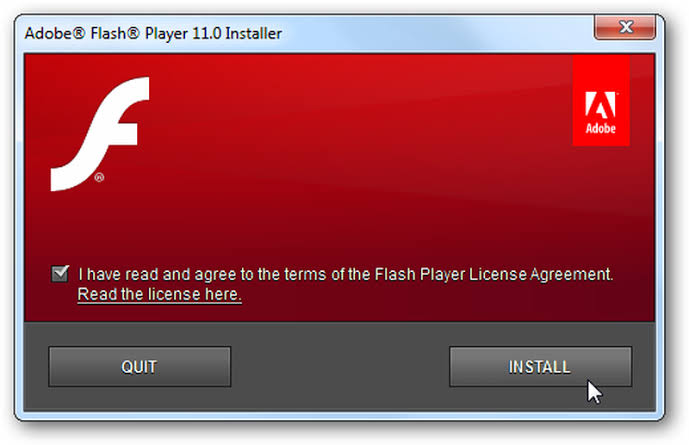
For systems that don't or can't receive updates easily, these two locations of Flash Player can mean double the exposure. In solving the Flash problem, we turned the glimpse of hope into the fuel for advancement,” officials wrote in a post mortem, as translated by journalist Tony Lin.Įven organizations that uninstall desktop Flash will also need to worry about the browser versions if they aren't updating those regularly.

Frantic staffers ended up pirating old versions of the software, even modifying them to run on all different versions of Windows to stabilize the system.

But organizations like the Dalian Depot didn't get the memo. Apple spent a full decade attempting to wean web developers off of Flash. The company had warned about the transition for years, while browsers like Chrome and Firefox gradually nudged users toward other standards. On January 12, Adobe took things a step further, triggering a kill switch it had been distributing in Flash updates for months that blocks content from running in the player-essentially rendering the software inoperable. The culprit appears to have been a seismic, but not unforeseen, shift on the internet: the death of Adobe Flash Player.Īs 2020 came to a close, Adobe fully ended support for its infamous yet nostalgia-laced multimedia platform. According to the depot's account on Weibo and WeChat, and a follow up post a couple of days later, the system flickered on and off for 20 hours before IT staff finally stabilized it. Six hours later, dispatchers also lost the ability to print train data from the web app.

The dispatcher's browsers weren't loading train schedule details. On January 12, just after 8:15 am local time, computers started to malfunction at the Dalian Train Operation Depot in northeast China.


 0 kommentar(er)
0 kommentar(er)
